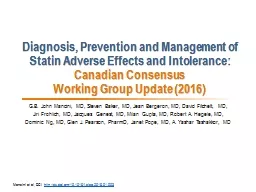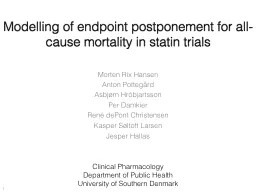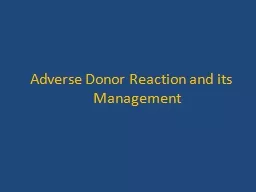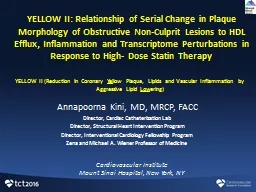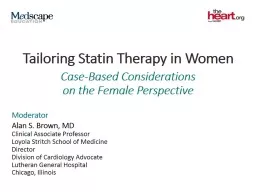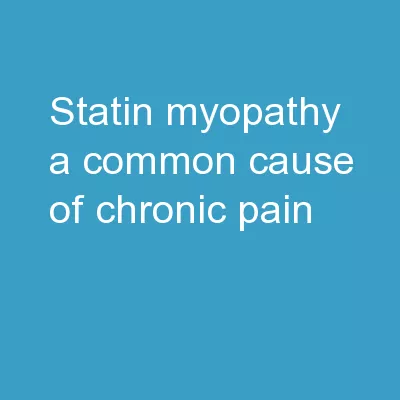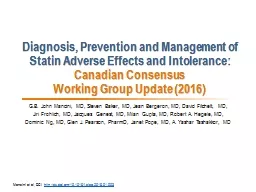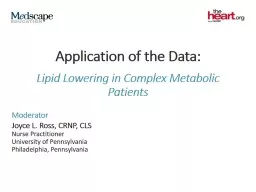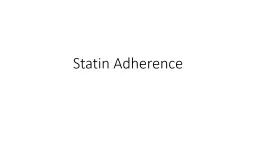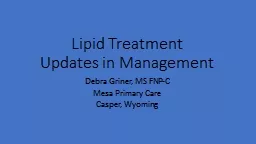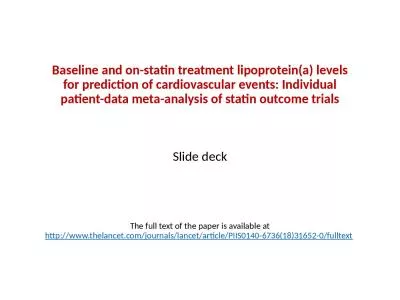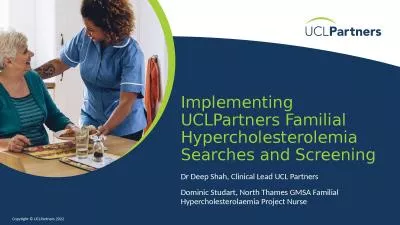PPT-Diagnosis, Prevention and Management of Statin Adverse Effe
Author : mitsue-stanley | Published Date : 2017-05-09
Canadian Consensus Working Group Update 2016 GB John Mancini MD Steven Baker MD Jean Bergeron MD David Fitchett MD Jiri Frohlich MD Jacques Genest MD Milan Gupta
Presentation Embed Code
Download Presentation
Download Presentation The PPT/PDF document "Diagnosis, Prevention and Management of ..." is the property of its rightful owner. Permission is granted to download and print the materials on this website for personal, non-commercial use only, and to display it on your personal computer provided you do not modify the materials and that you retain all copyright notices contained in the materials. By downloading content from our website, you accept the terms of this agreement.
Diagnosis, Prevention and Management of Statin Adverse Effe: Transcript
Download Rules Of Document
"Diagnosis, Prevention and Management of Statin Adverse Effe"The content belongs to its owner. You may download and print it for personal use, without modification, and keep all copyright notices. By downloading, you agree to these terms.
Related Documents

